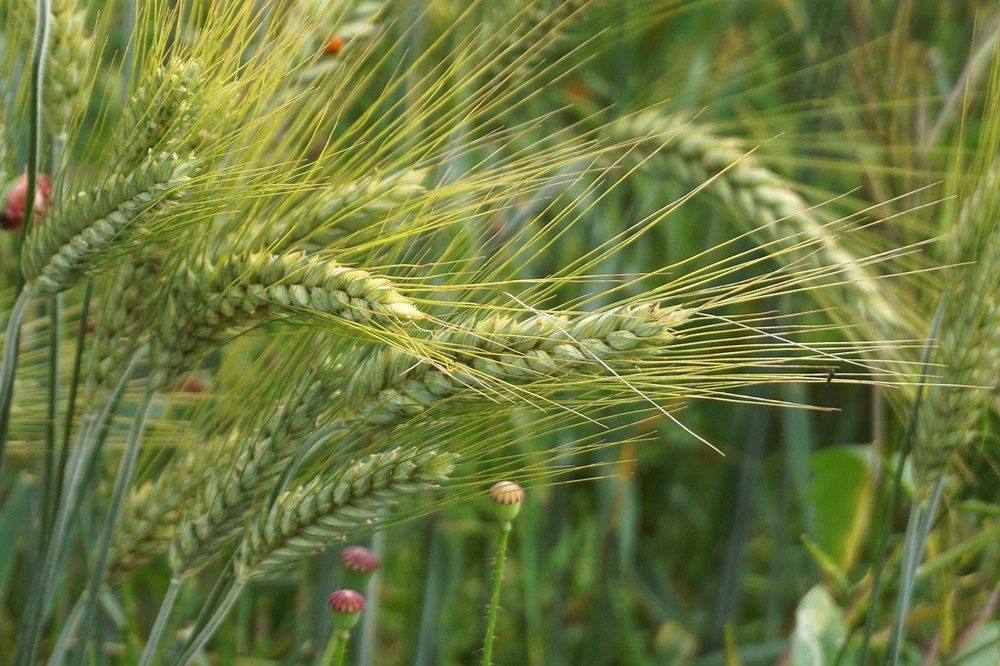A new report by the Centre for Agriculture and Bioscience International (CABI) has raised alarm over the growing threat of wheat stem rust disease in East Africa, with Kenya, Uganda and Ethiopia most at risk.
The fungal disease, described as the most devastating for wheat worldwide, has re-emerged in recent decades and continues to endanger food security in the region.
The study highlights the Ug99 strain of wheat stem rust, first identified in Uganda in 1998, as especially destructive. It is capable of infecting over 90 percent of the world’s wheat varieties, making it a serious global concern.
Dr. Makaiko Khonje, a socio-economist at CABI and co-author of the report, emphasized that tackling the disease requires a combination of methods.
“Farmers need to view wheat as a food security crop, not just a cash crop, and adopt technologies that work both for household consumption and the market,” he said.
He pointed to strategies such as breeding resistant varieties, biocontrol, careful chemical use, and modern best practices as critical in managing the disease.
Kenya’s latest Economic Survey shows that wheat production rose slightly, from 309,500 tons in 2023 to 312,200 tonnes in 2024. But demand continues to outstrip supply, forcing heavy reliance on imports.
Between 1990 and 2021, imported wheat made up 75 percent of Kenya’s consumption, 95 percent of Uganda’s, and 28 percent of Ethiopia’s.
Globally, wheat is the second most important food crop after maize, with the market valued at Sh6.91 trillion ($52.5 billion) in 2025 and projected to grow further by 2030.
In Sub-Saharan Africa, rising populations, urbanization and changing diets are driving demand even higher.
Researchers warn that the disease’s ability to evolve and overcome resistant varieties makes it especially dangerous. In Kenya, wheat farming is concentrated in Narok, Nakuru, Uasin Gishu and Trans Nzoia, but farmers often struggle with outbreaks.
The Kenya Agricultural and Livestock Research Organisation has developed new varieties such as Eagle10 and Robin to provide some resistance, though experts say stronger regional cooperation is urgently needed to contain the spread of Ug99.
